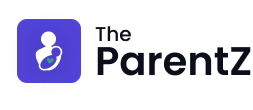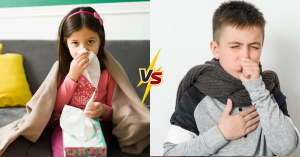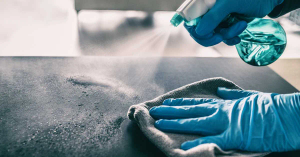Teenagers often feel pressured to follow beauty trends, including chemical hair treatments like keratin, rebonding, and smoothening. While these treatments promise silky, straight hair, they can damage the hair shaft, weaken roots, and cause long-term scalp issues. Fortunately, there are natural alternatives that offer similar results without harmful side effects.
Natural Alternatives to Chemical Treatments
1. Deep Conditioning with Natural Oils
One of the best ways to tame frizz and add shine is through deep conditioning with natural oils. Some of the best options include:
• Coconut Oil – Strengthens hair, reduces protein loss, and prevents breakage.
• Argan Oil – Known as “liquid gold,” it smooths hair, fights frizz, and adds shine.
• Olive Oil – Deeply moisturizes and protects against dryness.
• Castor Oil – Promotes hair growth and thickens hair strands.
Apply a warm oil treatment once or twice a week and leave it on for at least an hour before washing.
2. Aloe Vera Hair Mask for Frizz Control
Aloe vera is a natural hair conditioner that hydrates, soothes the scalp, and tames flyaways.
• Extract fresh aloe gel and apply it to damp hair.
• Leave it on for 30 minutes before rinsing.
• Repeat twice a week for smooth, soft hair.
3. Rice Water Rinse for Strength and Shine
Rice water is packed with amino acids, vitamins, and antioxidants that strengthen hair and enhance shine.
• Soak rice in water for 30 minutes, strain, and use the water as a final rinse after shampooing.
• Use twice a week for best results.
4. Silk Pillowcases and Microfiber Towels
Friction from cotton pillowcases and rough towels can lead to frizz and breakage.
• Switch to silk or satin pillowcases to reduce hair damage.
• Use a microfiber towel or an old T-shirt to gently dry hair instead of rubbing it harshly.
5. Heat-Free Styling Methods
Excessive heat from straighteners and curling irons weakens hair over time. Instead, try:
• Overnight Braiding – Creates natural waves without heat.
• Twisting and Pinning – For soft curls and volume.
• Wrapping Hair – A natural method to straighten without heat.
6. DIY Hair Smoothening Masks
Chemical-free hair masks provide deep nourishment and hydration. Some effective options include:
• Banana and Honey Mask – Smooths and softens hair.
Mash one banana and mix with honey. Apply for 30 minutes before rinsing.
• Yogurt and Egg Mask – Strengthens and adds shine.
Mix yogurt with an egg and apply for 20 minutes before washing.
• Avocado and Olive Oil Mask – Repairs dry, damaged hair.
Blend one avocado with olive oil and apply for 30 minutes.
7. Herbal Rinses for Naturally Manageable Hair
Herbal rinses nourish the scalp and add shine:
• Rosemary Rinse – Boosts scalp circulation and promotes growth.
• Chamomile Rinse – Enhances shine and soothes the scalp.
• Hibiscus Rinse – Strengthens hair and prevents breakage.
Brew the herb in water, let it cool, and use it as a final rinse after shampooing.
8. Proper Hair Washing and Brushing Techniques
• Wash hair only 2-3 times a week to prevent stripping natural oils.
• Use sulfate-free, mild shampoos to avoid dryness.
• Always brush from the ends up to prevent breakage.
• Use a wide-tooth comb on wet hair to reduce tangling.
Conclusion
Teenage hair is still developing, and exposing it to harsh chemicals can lead to long-term damage. Natural hair care methods not only keep hair healthy but also enhance its natural beauty. Encouraging teens to embrace these chemical-free alternatives will help them maintain strong, smooth, and manageable hair without compromising their scalp health.








